Yuantong Temple, Kunming – Ticket, Opening Hours, Location, and Highlights
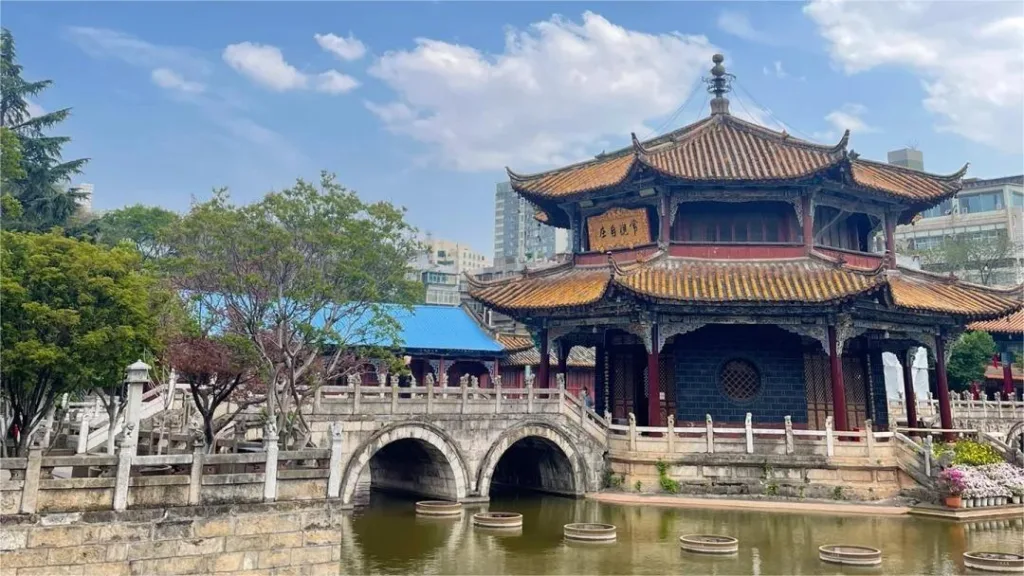

Yuantong Temple (圆通寺), situated in downtown Kunming, is one of the oldest Buddhist temples in the city, boasting a history of over 1200 years. Originally established during the Nan Zhao period of the Tang Dynasty, it was initially named Butuoluo Temple. Reconstruction began in the 5th year of the Yuan Dynasty’s Dade era (1301 AD), lasting 18 years and culminating in its completion during 1319 AD, when it was renamed Yuantong Temple. Throughout the Ming and Qing Dynasties, the temple underwent several expansions and renovations, notably during the Kangxi era of the Qing Dynasty when Wu Sangui led a major restoration, shaping the fundamental layout of Yuantong Temple as it stands today.
As the largest temple within Kunming’s urban area, Yuantong Temple seamlessly blends characteristics from different schools of Taoism and Buddhism, exuding a unique sense of religious harmony and mystique. Upon entering the temple’s main gate and proceeding along the central axis, visitors encounter a liberation pond with an octagonal pavilion at its center, housing a statue of the Thousand-Hand Guanyin Bodhisattva, a distinctive feature of Yuantong Temple. In Buddhism, the term “Yuantong” symbolizes Guanyin Bodhisattva, making Yuantong Temple a principal site dedicated to Guanyin’s practice and worship.
Table of Contents
- Basic Information
- Location and Transportation
- Highlights of Yuantong Temple
- Vlog about Yuantong Temple
- Attractions near Yuantong Temple
Basic Information
| Estimated Length of Tour | 1 – 2 hours |
| Ticket Price | 6 RMB |
| Opening Hours | 8.00 – 17.00 |
| Telephone Number | 0086-0871-65193762 |
Location and Transportation
Yuantong Temple is located at 30 Yuantong Street, Wuhua District, Kunming City, Yunnan Province, China. To get there, you can choose one of the following ways:
Bus: Take bus 85, 92, 100, 101, 119, 187, 235, or Z5 and get off at Yuantong Street Stop (圆通街站).
Metro: The closest metro station to Yuantong Temple is Yuantongshan (圆通山) on Line 5. After getting out of the station, walk about 400 meters to the south (across the mountain) to reach the temple.
Highlights of Yuantong Temple
Mahavira Hall
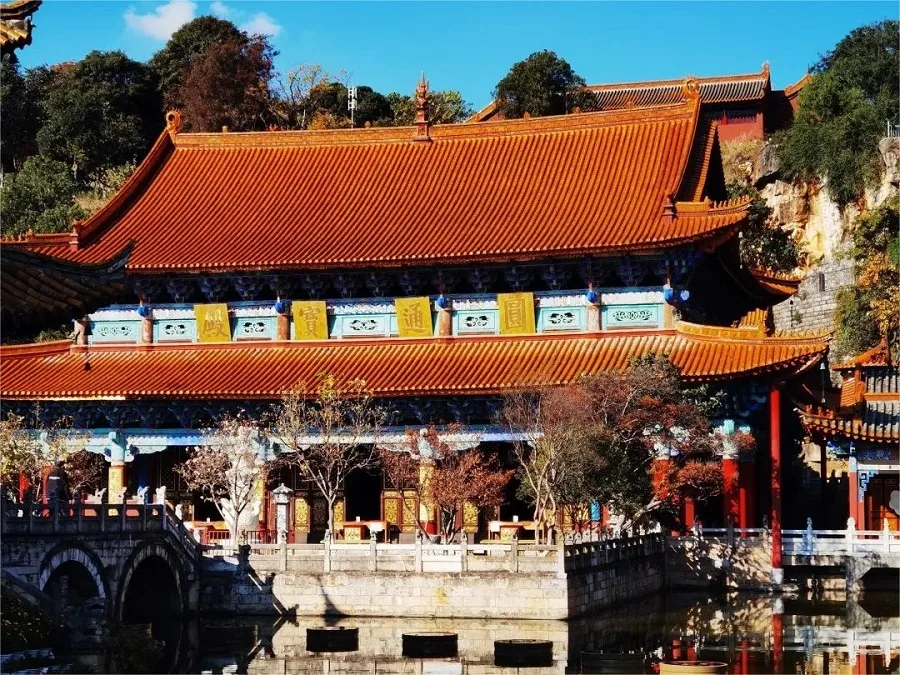
At the heart of Yuantong Temple stands the Mahavira Hall, a majestic structure housing three Buddha statues crafted during the Yuan Dynasty. These statues represent the Dharma body, the manifested body, and the reward body of the Buddha, with the central figure being Shakyamuni Buddha. They sit in meditation posture, surrounded by flame-shaped aureoles. The walls of the hall are adorned with sculptures depicting the twelve enlightened beings (bodhisattvas) and celestial guardians, along with images of arhats, Earth spirits, humans, ghosts, patrons, and practitioners. The intricately carved pillars in the hall, standing fifteen meters tall, feature coiling dragons representing the craftsmanship of Ming Dynasty artisans.
Bronze Buddha Hall
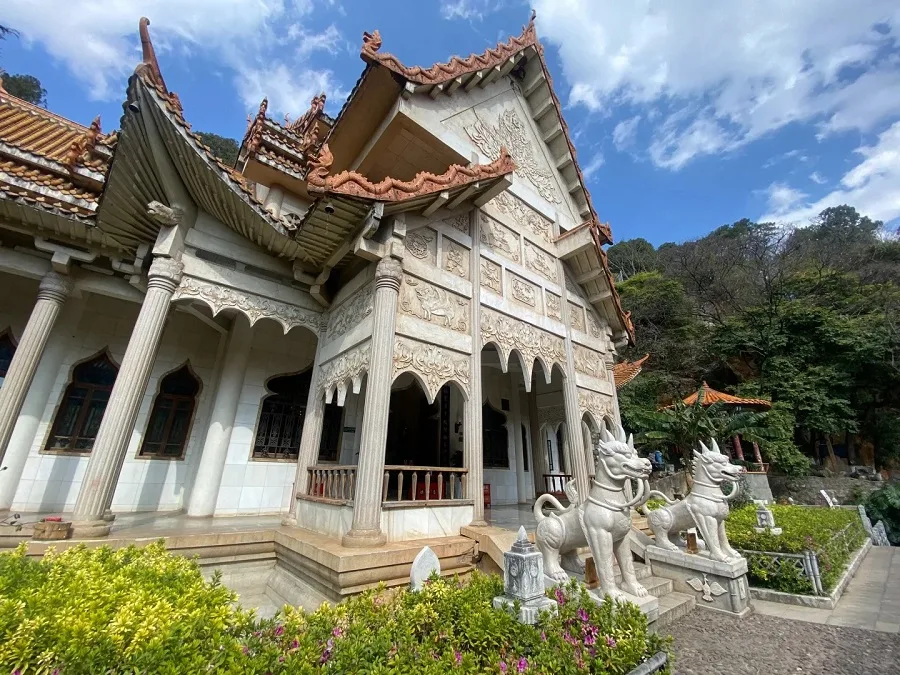
Constructed in 1985 to house a bronze statue of Shakyamuni Buddha gifted by Thailand, the Bronze Buddha Hall blends architectural styles from China, Thailand, and India. The hall features a brick and stone structure with overlapping eaves and pointed roofs typical of traditional Chinese architecture. However, elements such as the doorways and columns incorporate Indian stylistic elements, while the guardians at the entrance are depicted as stone-carved unicorns. The walls are adorned with bas-reliefs depicting various animals, mythical creatures, and divine flora, showcasing a harmonious fusion of artistic traditions. Inside the hall, the centerpiece is a towering bronze statue of Shakyamuni Buddha, over three meters in height, portraying the Buddha’s serene countenance and reflecting the challenges he faced on his path to enlightenment. Surrounding the central statue are four colorful murals narrating the life of Shakyamuni Buddha, from his spiritual journey to his attainment of Nirvana. Hanging from the eaves of the Bronze Buddha Hall are numerous bronze wind chimes that produce melodious sounds when stirred by the breeze, adding to the tranquil ambiance of the sacred space.
Cliffside Carvings
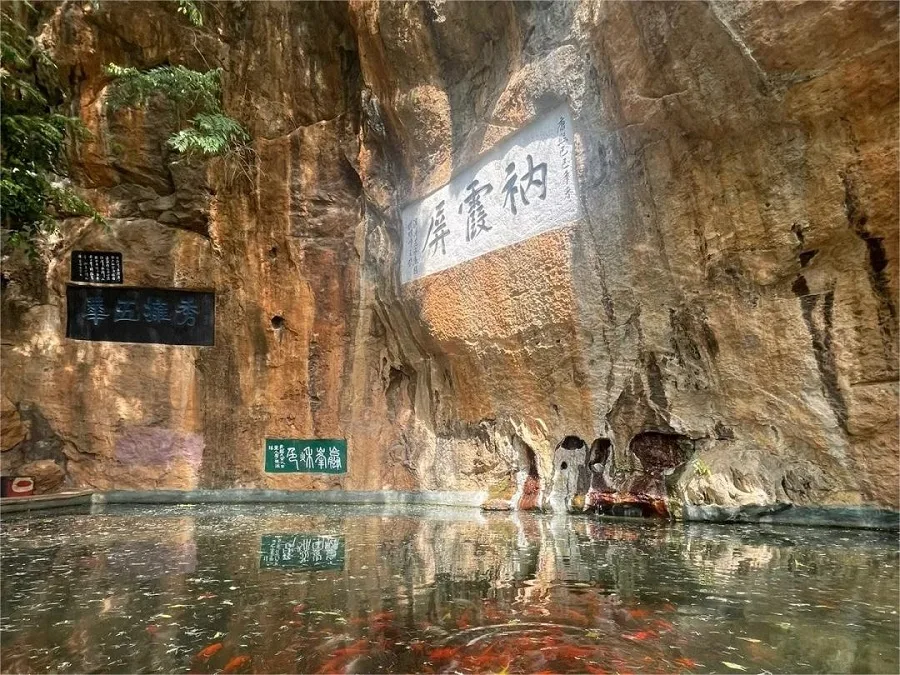
Behind the main hall of Yuantong Temple, to the right, lies a rugged cliff face with a winding stone path leading up to Yuantong Mountain. Carved into the rocky walls are inscriptions left by past generations, including a large character “寿” (longevity) engraved during the first year of the Yuanfeng era (元封元年) of the Nanzhao period. Additionally, there’s a poem titled “Yin Stone Cliff (吟石崖诗)” written in cursive script by Li Yuanyang from the Ming Dynasty. During the Kangxi era of the Qing Dynasty, the provincial governor Fan Chengxun inscribed the words “Naxia Screen (衲霞屏)” onto the cliff, while the provincial governor Wang Jiwu left behind a seven-character quatrain. Beneath the steep cliffs, there stands a stone statue of Guanyin, intricately carved by craftsmen during the Qing Dynasty, following the style of Tang Dynasty’s Wu Daozi. Additionally, there are stone inscriptions from the early Republic of China era (1912) by calligraphers Yao An, Zhao Songquan, featuring depictions of Sanfeng Immortal, Ji Gong, and Master Lv Chunyang, respectively. These inscriptions and carvings add to the cultural and historical significance of Yuantong Temple, enriching the spiritual experience for visitors.
Vlog about Yuantong Temple
Attractions near Yuantong Temple
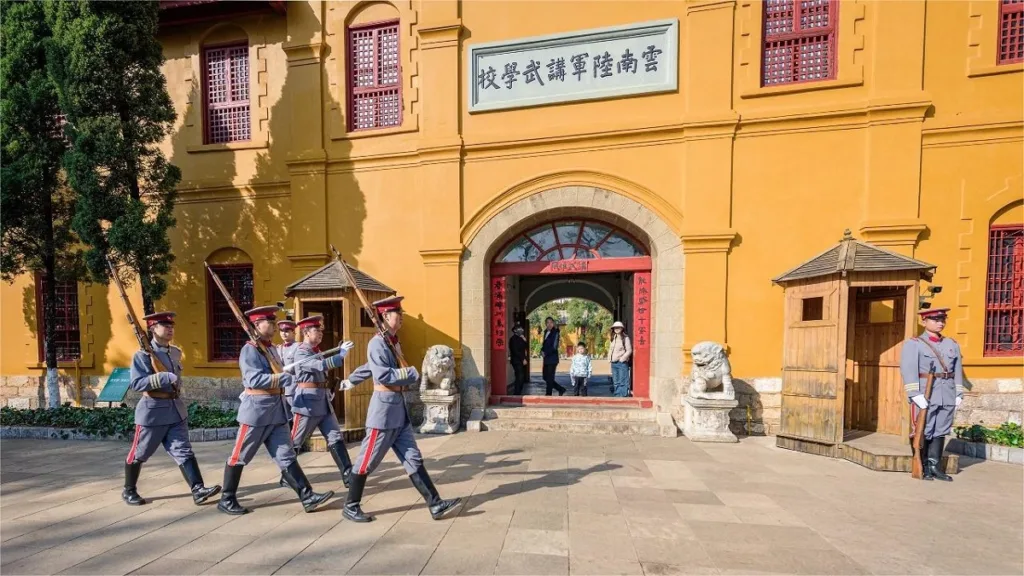
Former Site of the Yunnan Military Academy

Kunming Old Street
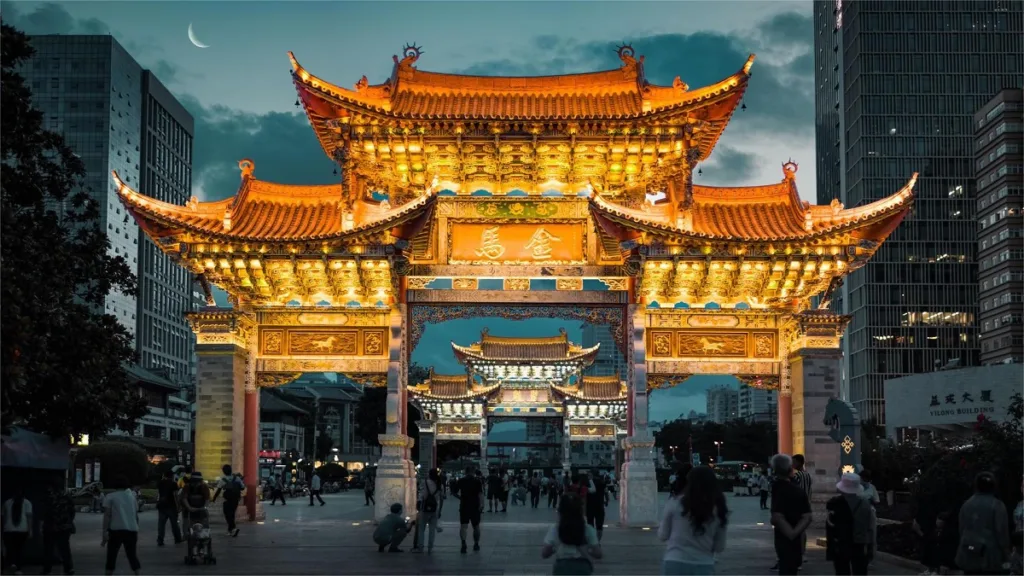
Jinma Biji Archways

Kunming Zoo

Cuihu Park (Green Lake Park)

Yunnan Railway Museum
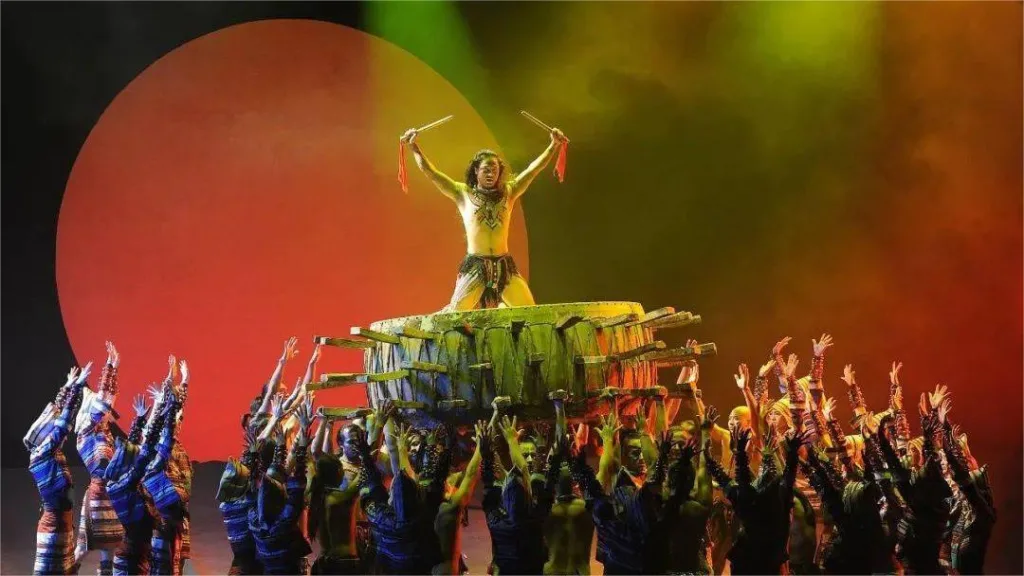
Dynamic Yunnan Show
Kunming attractions, Yunnan historical sites